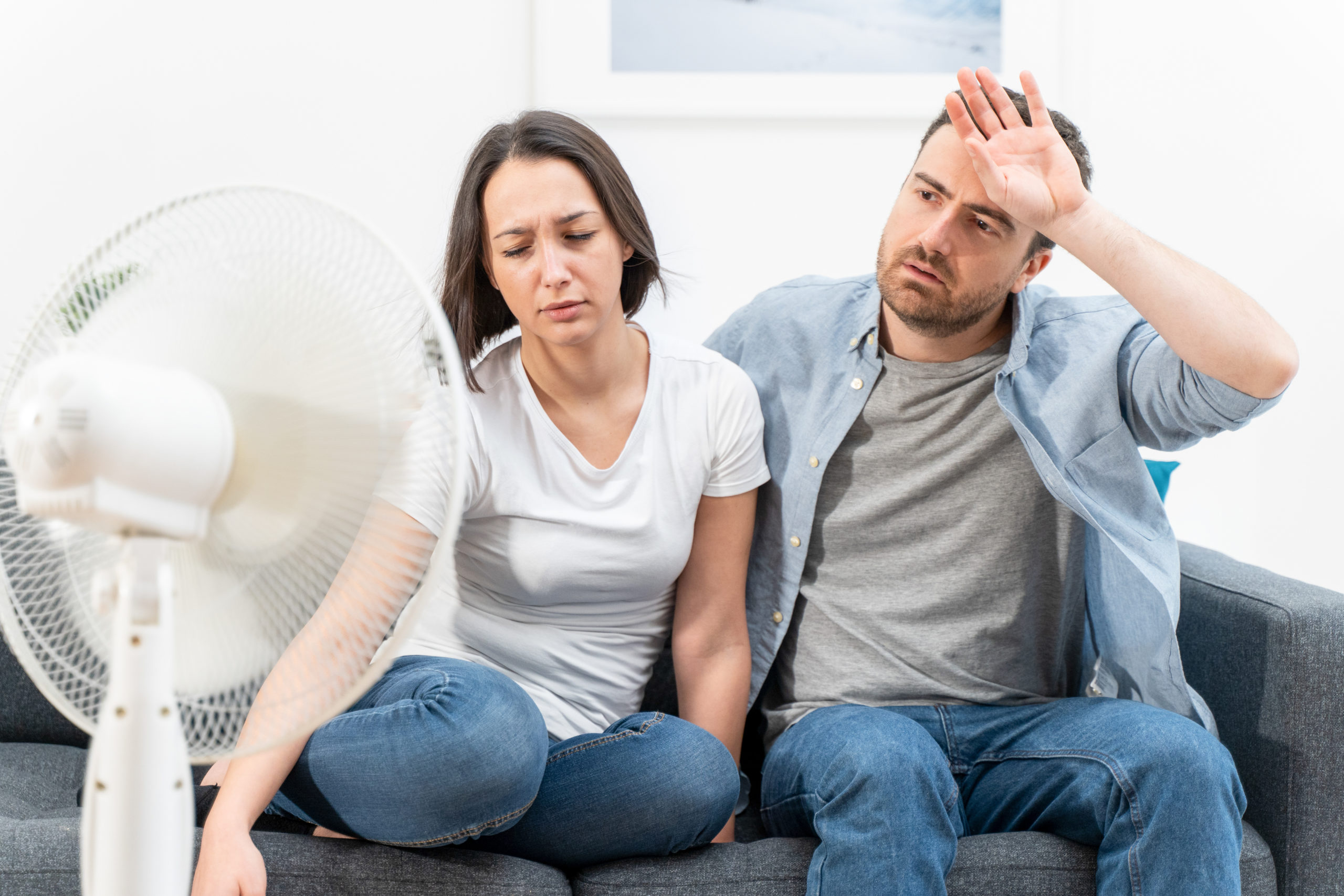Although you may think of rainforests and Caribbean beaches when you talk about humidity levels, in fact, it’s always present in the atmosphere, even here in the South of England! But did you know that humidity in your home can cause some significant issues, whether it’s too humid or not humid enough? So, how humid should your property actually be?
Humidity – What Is It?
In the simplest terms, humidity levels are a measurement of the amount of water vapour in the air. Generated through evaporation before being distributed effectively by condensation, humidity occurs naturally and is essential to the Earth’s ecosystem. When the air temperature is high, it can hold more moisture, but with improved home insulation and central heating, it isn’t just tropical settings that are humid these days – we’ve created indoor microclimates in our homes that cause multiple health issues, not to mention potential damage to the structures of buildings that we inhabit.
What Is A UK Home’s Optimal Humidity Level?
There is a fairly broad range of optimal humidity levels for UK homes. Anywhere from 30% to 60% is ideal, but maintaining those levels isn’t always easy so it’s wise to monitor the levels in your home constantly by using a hygrometer.
As you’d imagine, when the seasons change, the humidity level changes too, but the differences are fairly slight. The ideal indoor humidity level in the summer is between 40% and 60%, while in winter, it lies between 30% and 50%.
A very high reading is anything over 70%, while a low reading is below 25%. If you discover readings at either end of that scale you should address them, whatever season it is.
What Is The Cause Of High Humidity Levels Indoors?
High humidity levels inside the home are generally down to the people who live there! Everyday activities can generate a surprising amount of moisture, with sleeping producing 40 grams of water every hour through exhalation and perspiration, drying clothing indoors producing 1500 grams of water each day, using a dishwasher generating 400 grams of water per day, and cooking on gas, producing as much as 3000 grams a day.
There is, however, another cause of high humidity levels indoors – leaking pipes.
What Is The Cause Of Low Humidity Levels Indoors?
It’s fairly rare to have low indoor humidity levels, but it does occur from time to time. The most common cause is using an air conditioner or dehumidifier excessively, or when the property is overheated on cold days. Heating takes some moisture from the air, and since cold air already carries minimal water vapour, it’s easy for low levels of indoor humidity to occur quite quickly.
How Do I Know If The Humidity Level In My Home Is Too Low Or Too High?
Investing in a hygrometer is the best way to determine your indoor humidity level. However, there are also some key signs the humidity level in your home is too low or too high.
If you’re struggling to breathe, sleep poorly, and find it hard to regulate your body temperature, humidity levels could be the cause.
How Can I Manage My Indoor Humidity Levels?
Ventilation is the key to maintaining indoor humidity levels correctly. Circulating air indoors is essential to minimising condensation so you need to open your windows in all seasons for just 10 to 15 minutes to create a through-draft.
If you’re looking at ways to manage humidity in a property you intend to sell or rent, look no further than our team at Warren Powell-Richards. We can list your property on the market and help you find the ideal buyer or tenant.






ALTON | FARNHAM | GODALMING | GRAYSHOTT | HASLEMERE | LONDON